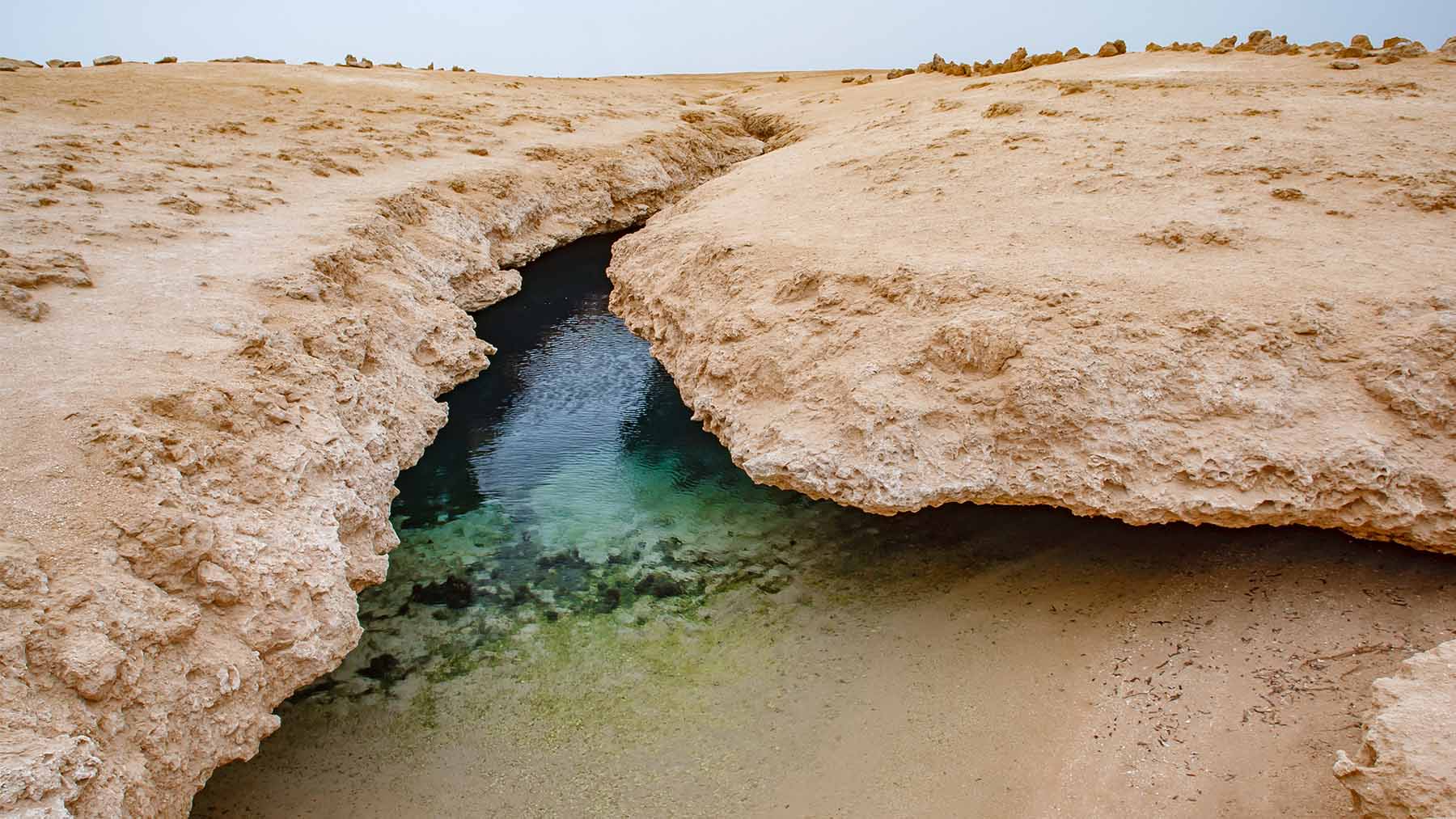There’s a quiet place in Africa where the land feels too old to move, but it isn’t. In the Afar region, something is shifting. And this is not in a way you can see or you can even feel, but deep down, the planet is moving. And if you look closely enough, it seems to be preparing for something big reminding us of the past.
It will probably take a while, but slowly, over lifetimes and beyond, the ground here may open wide. And one day, where now there is only dust and heat, there may be water, waves, tides, a whole new ocean.
What makes this place so unusual is that three great pieces of the Earth’s crust—the Nubian Plate, the Somali Plate, and the Arabian Plate—all meet right here, and they’re quietly drifting apart. This triple junction is known as the Afar Triangle and is in fact, very rare. It’s also exactly where the Red Sea, the Gulf of Aden, and the Ethiopian Rift begin to pull the continent in different directions.
In the space between those shifts, the Earth is opening, and this all happens through a process called rifting. And just beneath the surface, there’s something rising—heat and pressure. This pulse is coming from the Earth’s mantle and is changing the way by softening the crust and therefore making it open.
A pulse beneath Ethiopia
Emma Watts is the Geologist behind this all, she is working with the University of Southampton and Swansea University and has been part of a team studying this movement. Their research has been focused on 130 volcanic rock samples taken from the three rift zones that stretch across the Afar region.
What they found looked like something that was almost alive. The realized that the mantle beneath the surface isn’t just heating up, it’s also moving with a rhythm. Something like a small and quiet heartbeat, and with each slow push, molten material rises, thinning the crust, encouraging small cracks from tectonic faults to widen.
And there’s more. The chemical composition of that rising heat shifts depending on where it moves. If it moves toward the Red Sea it’s one thing. But if it moves toward the Aden Golf, is another.
This is how oceans begin
We forget that Africa, like all continents, is in motion. That the ground we walk on isn’t permanent and over time it drifts. The Earth changes and reforms itself since the beginning of time. Which is what’s known as continental drift, and in the Afar region, it’s unfolding in real time.
The Nubian Plate and Somali Plate continue to drift apart. The Arabian Plate pulls away too. As the Earth stretches, it thins. And if that stretching continues, seawater could one day flow into the valley that’s forming, turning this dry place into the floor of a new ocean.
A story we’ll never see the end of
This is really happening right now, and for us to be part of this possible big change is a very interesting thing. We are not likely to see this continental drifts at their end anytime soon, but future generations might one day sail across.
Thanks to this research, we get a rare glimpse of what the planet looks like before an ocean is born. It’s a reminder of our actual continents were also very different before.
A whole process that very slowly but very effective can make oceans where there was only dust.
So if one day a new sea does rise in Ethiopia, the story of its beginning will start here, in the stillness of the Afar region, where the Earth has quietly been preparing, all along.
